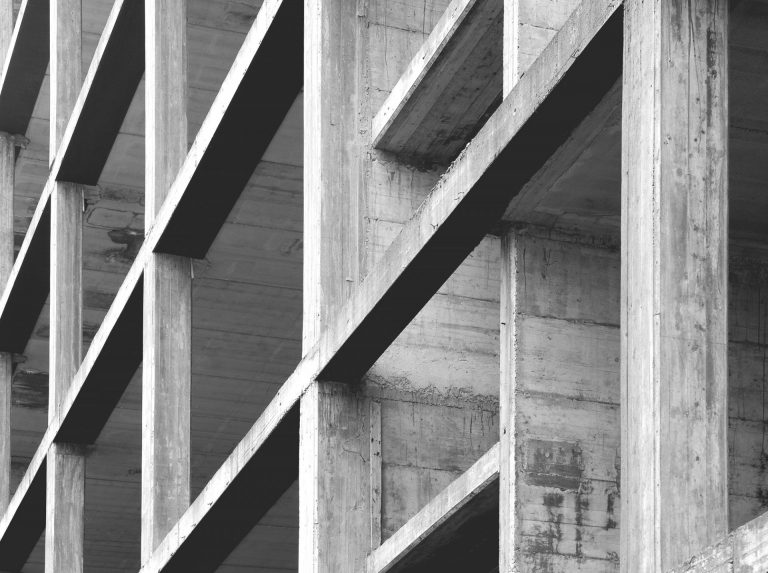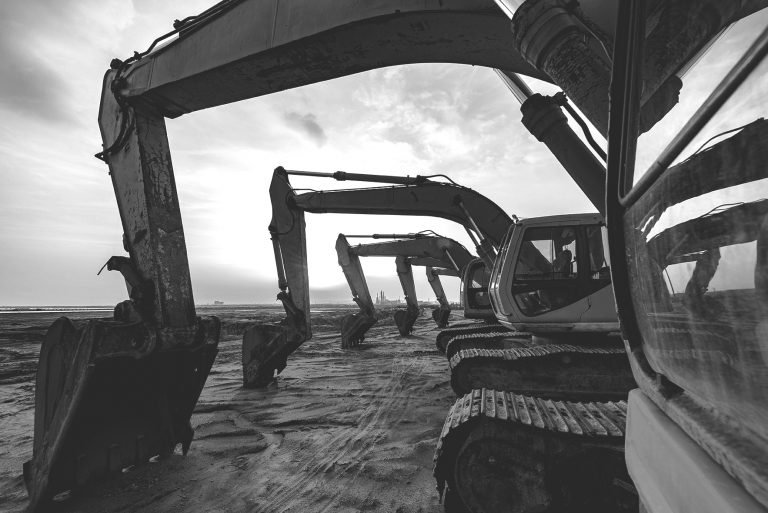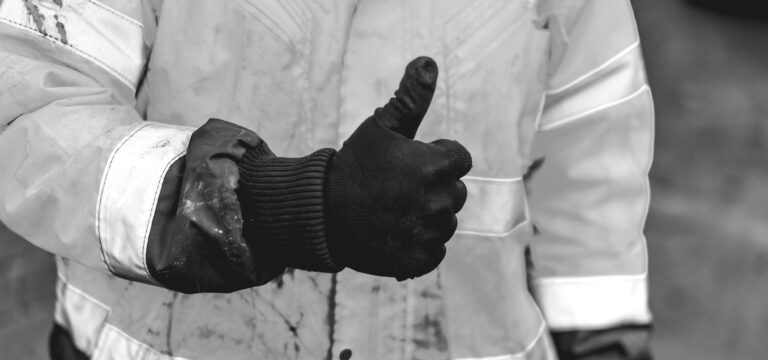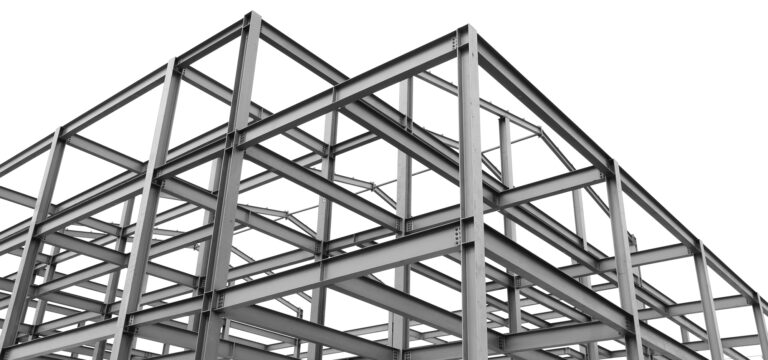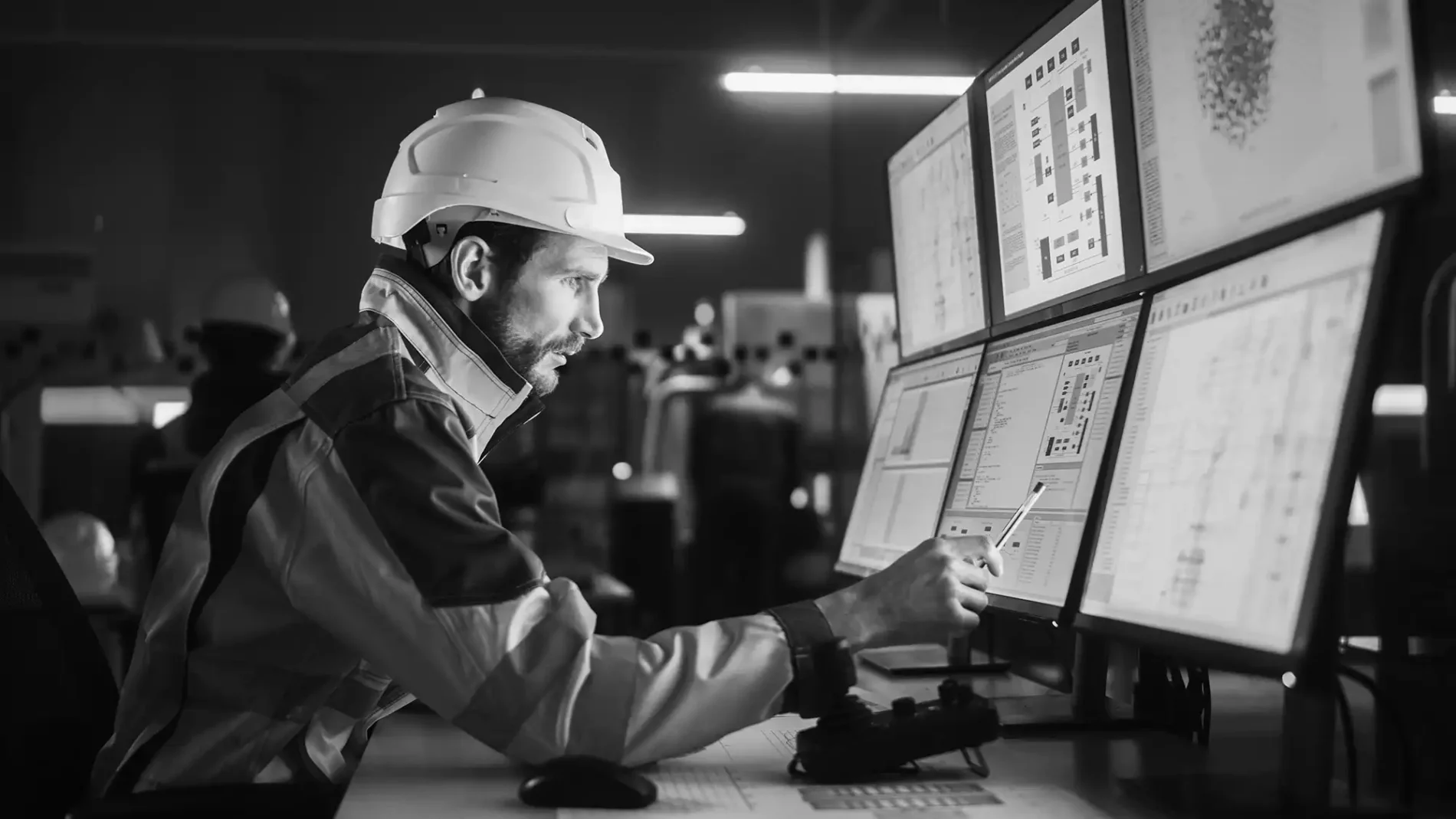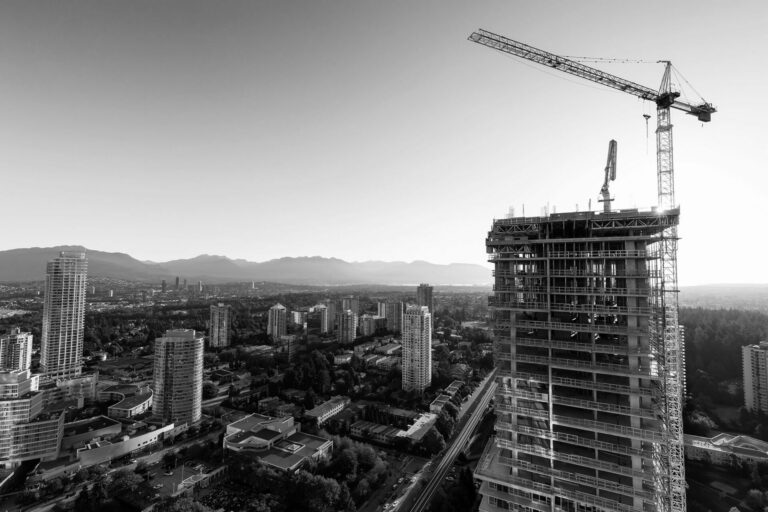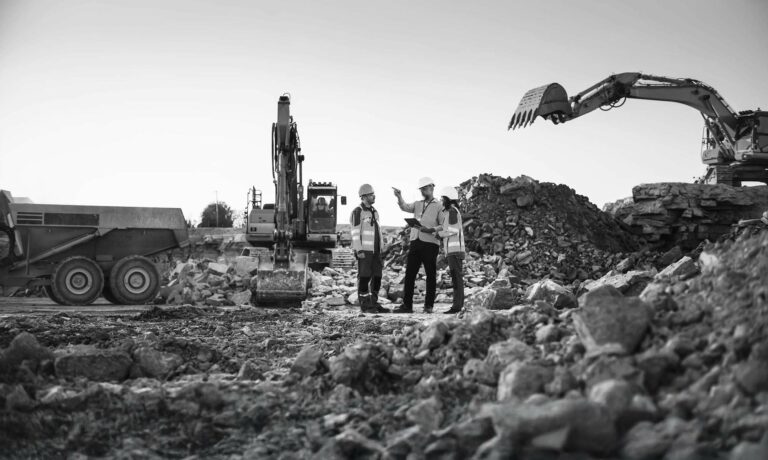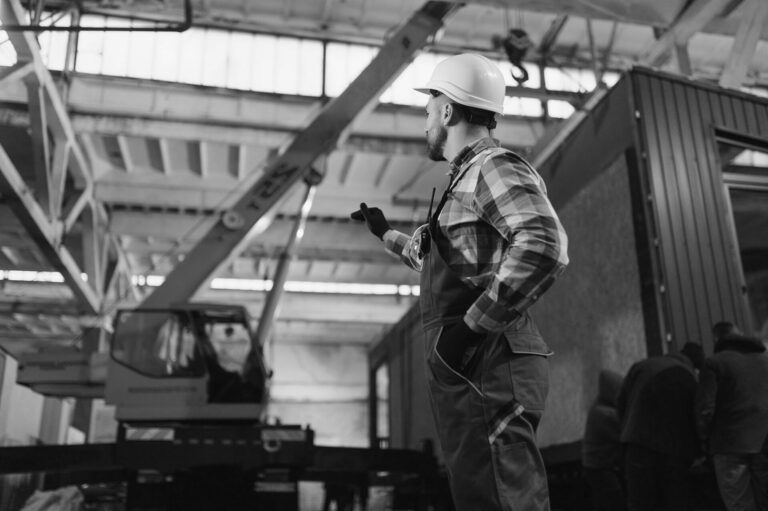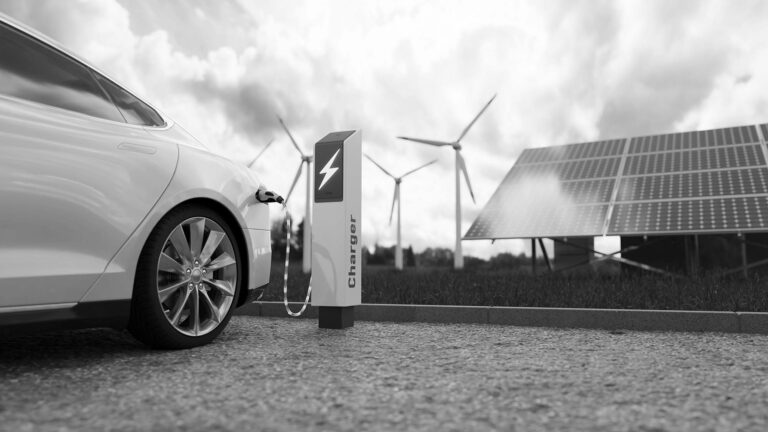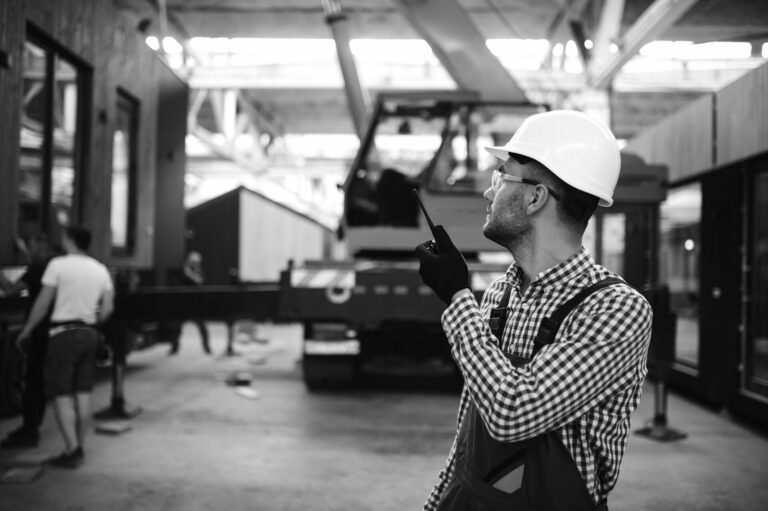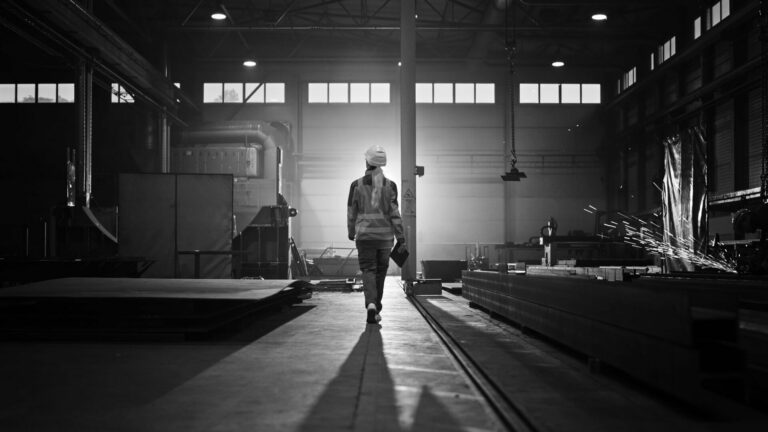The construction site has always been one of the last frontiers of industrial automation. For decades, the rhythm of work was measured in hammer strikes, shouts across scaffolds, and the turning of earth by human hands. But across North America, that rhythm is changing. On jobs from solar farms in Texas to hospitals in Boston, a new generation of tools is joining the crew, artificial intelligence, robotics, drones, autonomous vehicles, quietly transforming what it means to build. Contrary to fear, however, the shift isn’t about replacing workers; it’s about helping an industry close its productivity gap, address safety concerns, and deliver projects that are larger, faster, and more complex than anything that came before.

For years, construction lagged behind other sectors in productivity growth. Manufacturing had doubled its efficiency since the 1970s, while construction’s productivity had actually fallen by around 50 percent. The reasons are well-known: a fragmented industry, volatile demand, and the constant churn of skilled labour. “With nearly one in four construction workers older than 55, retirements will continue to whittle away at the construction workforce,” said Anirban Basu, chief economist with Associated Builders and Contractors. Meanwhile, the projects keep coming; housing shortages, infrastructure renewal, clean-energy developments, each demanding more output from fewer hands. For many companies, the question has become one of survival: how do you build smarter without burning out the workforce?
One answer has come from Boston-based Shawmut Design and Construction, a firm that manages more than 150 active sites and around 30,000 workers nationwide. Since 2017, Shawmut has been using an artificial-intelligence system called Vinnie, developed by the safety-tech company Newmetrix, to analyse photos and videos taken on site. The software can detect unsafe conditions, missing protective equipment, cluttered walkways, or fall risks, and assign a “risk score” to each project. It allows Shawmut’s safety officers to spot trouble early and send support where it’s needed most. “Without Vinnie, we never would have known to give the project some added support,” said Shaun Carvalho, the company’s Chief Safety Officer. He told Business Insider, “You’re talking about a business that, quite literally, 20 or 30 years ago was driven by paper and clipboards.” Now, Shawmut’s safety data feeds into dashboards that update daily, identifying patterns invisible to the human eye.
The implications are profound. Safety monitoring has always relied on hindsight such as incident reports and after-the-fact investigations, but artificial intelligence allows companies to intervene before problems escalate. “Anything we can do to leverage technology, we’ll do it,” Carvalho said. In a field where every avoided accident is potentially a life saved, that’s a compelling argument for change.
If Shawmut’s work represents the digital brain of construction, San Francisco-based Built Robotics is building its muscle. The company retrofits standard excavators, dozers, and skid steers with its “Exosystem,” a kit that allows them to dig trenches, grade roads, or prepare foundations autonomously. “We transform heavy equipment into robots, putting AI-powered tools in the hands of America’s craft workers,” reads the company’s mission statement. Founder and CEO Noah Ready-Campbell, a former Google engineer, started the company after summers spent renovating farmhouses with his father. “When I started Built, I wanted to make new tools to help people build more efficiently,” he said. To date, the firm’s equipment has logged over 30,000 hours of safe operation on energy and infrastructure projects across the United States.
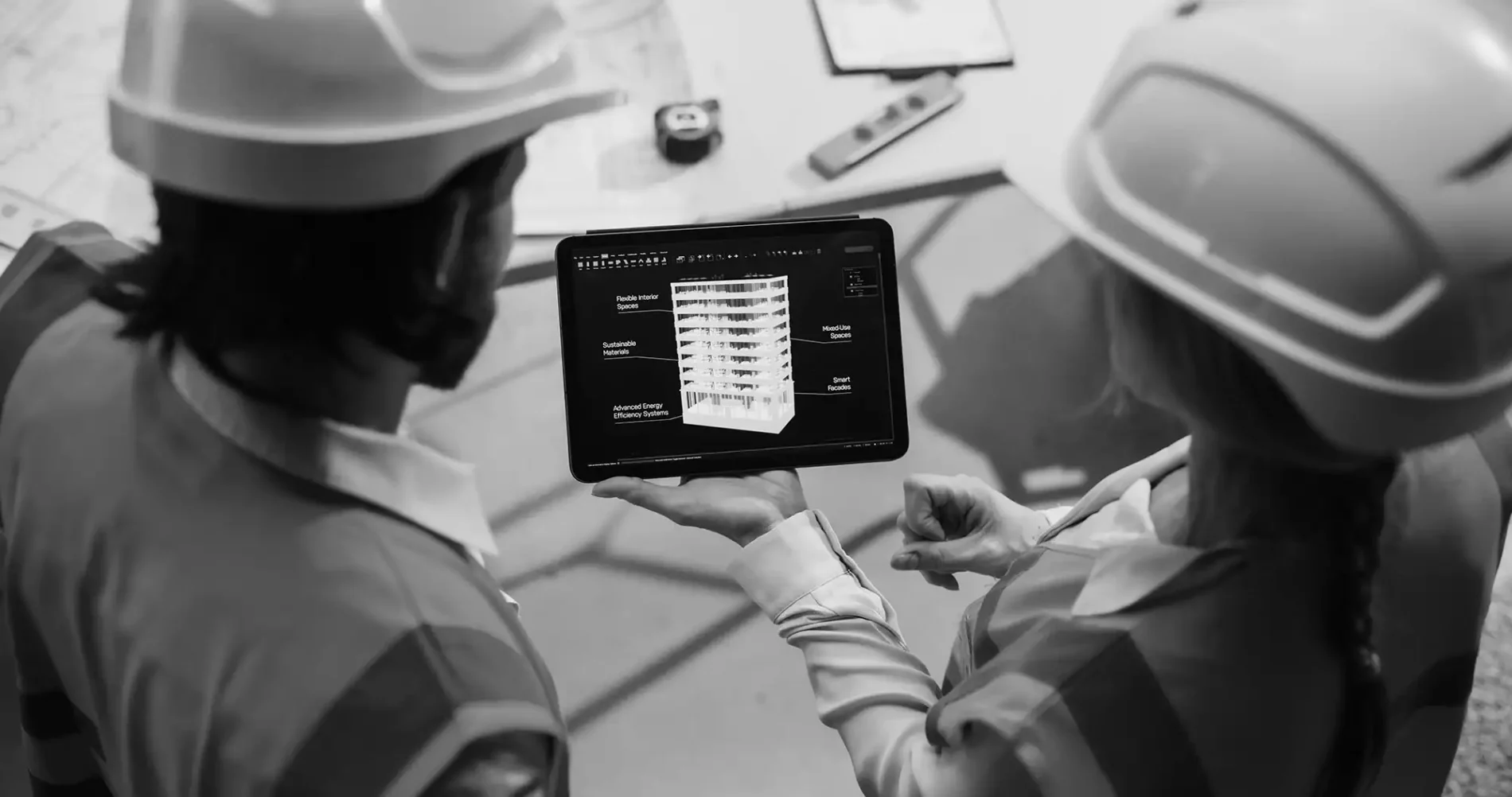
Built’s machines aren’t about removing the operator entirely, they create a new kind of role. The company trains experienced equipment operators to become “Robotic Equipment Operators,” who oversee fleets of autonomous machines from a distance. They monitor the work, adjust parameters, and ensure the robots are operating safely and within spec. “Our construction partners, by embracing autonomy, have improved equipment utilisation and safety, giving them the competitive edge they need to win more work,” said Paul Kelly, Built’s Vice President of Business Development. It’s an example of how automation can redefine, rather than eliminate, human skill. As Ready-Campbell put it in a recent interview, “I definitely think construction benefits from autonomous innovations, but you have to solve a big enough pain point to spur adoption.”
That’s the challenge, and the promise, of the digital jobsite. Artificial intelligence and robotics aren’t plug-and-play solutions. They demand new expertise, new workflows, and a cultural shift that prizes data as much as craft. Drones are now a common sight above major projects, capturing high-resolution imagery that AI systems can use to track progress or identify hazards. Robots handle repetitive or hazardous tasks, layout marking, rebar tying, or even bricklaying, reducing the strain on human crews. AI scheduling platforms predict delays and reorder supply chains before they become costly. And digital twins, real-time 3D models linked to on-site sensors, allow teams to test design changes virtually before implementing them in the field.
“The caution right now,” said Greg Sizemore, Vice President of Workforce Development for Associated Builders and Contractors, “is don’t take it at face value. Be careful what you draw down.” He’s referring to the need for judgment and oversight as AI becomes embedded in decision-making. A machine can flag a risk or suggest an optimisation, but only humans can weigh the context, weather, experience, local regulations, or instinct. In many ways, the new frontier isn’t just technology, it is the integration of human intelligence with machine intelligence.
The results, when it works, are striking. McKinsey research suggests that AI-enabled construction firms can reduce costs by up to 20 percent and deliver projects up to 30 percent faster. Autodesk’s research team has shown how computer-vision systems can monitor safety compliance in real time, automatically flagging missing hardhats or unsafe scaffolding. Across the sector, early adopters report not just fewer incidents but measurable gains in morale and retention. Workers see fewer stop-work orders, fewer injuries, and more predictable schedules.
Still, not all the hype holds. “The dream of fully autonomous construction vehicles remains elusive,” Wired magazine observed last year, pointing out that construction sites are too unstructured and variable for total automation. Mud, uneven terrain, and unpredictable human activity confound even the best sensors. Data quality remains a bottleneck too. Poor data costs the global construction industry an estimated $1.8 trillion annually, and artificial intelligence is only as good as the data it’s trained on. There’s also the question of cost: equipping a fleet of machines or outfitting a site with sensors requires capital that smaller contractors might struggle to justify.
Yet there’s a growing sense that the transformation is inevitable. As the generation that entered construction in the 1970s and 1980s begins to retire, their replacements are digital natives. Tablets have replaced clipboards; cloud platforms have replaced filing cabinets. Even the cultural resistance that once defined the industry—the pride in manual skill, the skepticism toward “gimmicks”—is giving way to pragmatism. “Anything that keeps my guys safer and gets us home earlier, I’ll try it,” one superintendent told Construction Dive in a feature on jobsite robotics. For him, technology isn’t a threat to craftsmanship; it’s another tool in the belt.
This human element is perhaps the most overlooked aspect of the story. Technology is only as transformative as the people who use it. Shawmut’s safety analysts still walk the site every day; they just do it armed with better information. Built Robotics’ operators still know the feel of the soil and the sound of a machine under strain; they just supervise from a safer distance. The promise of the digital jobsite lies not in erasing the human presence, but in amplifying it, giving workers more control, better foresight, and fewer reasons to fear the day ahead.
In the coming years, expect to see more convergence: AI platforms linked to project-management software, autonomous machines feeding live data into digital twins, and crews collaborating with algorithms as routinely as they once consulted blueprints. The next frontier could be predictive maintenance, equipment that diagnoses itself, or AI-driven sustainability audits that monitor carbon footprints in real time. But for now, the transformation is already visible, humming quietly beneath the noise of compressors and saws. The smartest tool on site may not swing a hammer, but it’s helping the people who do build safer, faster, and better than before.


